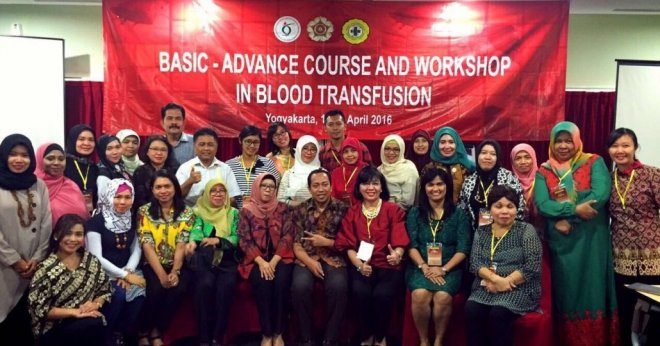Education & events / 16 May 2016
The New Standard Of Care In Blood Management

Transmedic Indonesia is always dedicated to helping hospitals enhance patient care and manage cost through its numerous options of advanced medical technologies, including blood management solutions. Together with Blood Transfusion Committee from DR. Sardjito Hospital and Association of Specialist Doctor Clinical Pathology, this commitment was shared in JOGLOSEMAR event that was held from 18 – 22 April 2016 in Yogyakarta where we organized a Basic Advanced Course & Workshop in Transfusion.
Unlike any other Blood Transfusion events, in JOGLOSEMAR, Transmedic Indonesia provided an interactive and hands-on presentation to the physicians and demonstrated how the TEG analyzer system works in real-life situations. The TEG system has become the new standard of care in hemostasis management. It provides rapid, comprehensive and accurate identification of an individual’s hemostasis condition, which allows clinicians to drive personalized, clinically and economically sound treatment and monitoring decisions with confidence. By providing a complete picture of patients’ hemostasis, the TEG system can help facilitate physicians’ understanding of hemorrhagic or thrombotic risk so physicians can deliver more targeted treatment.
In addition, Transmedic Indonesia also shared with doctors about Apheresis Transfusion using MCS®+ technology. Apheresis is a new way to collect blood components that is safe, simple and more effective than traditional methods of donating blood. With an Apheresis blood donation, only selected blood components (such as platelets, plasma or red cells) as required are collected to meet the specific needs of patients; the remaining blood components are returned to the donor. This mean fewer donation are needed – a single Platelet Apheresis donation is equal to as many as 5-8 whole blood donations – and more patients can be helped with fewer donors. During this event, Transmedic Indonesia demonstrated how MCS®+ is simple to be operated and how it really works on a live donor.
Published on 16 May 2016
